The Elements Of A Digital Classroom
In a digital classroom, teachers can become worried that no ‘real learning’ is happening or that they’ve somehow failed to plan sufficiently.
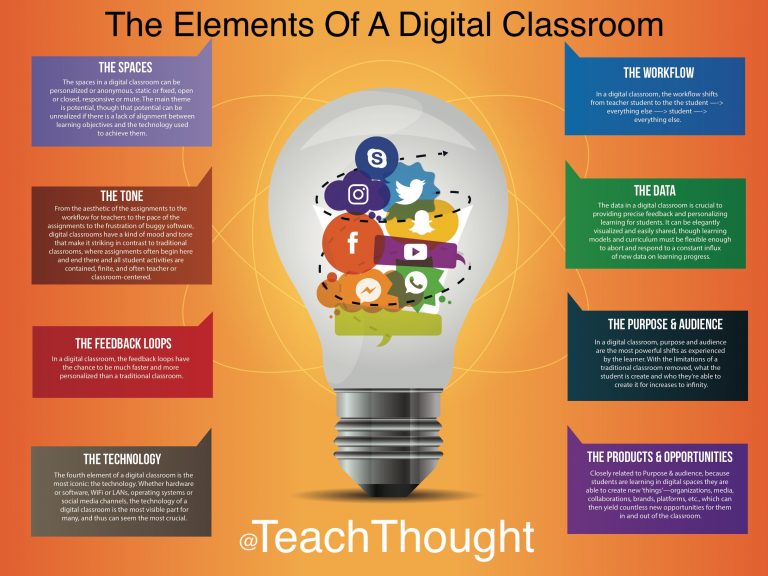
In a digital classroom, teachers can become worried that no ‘real learning’ is happening or that they’ve somehow failed to plan sufficiently.
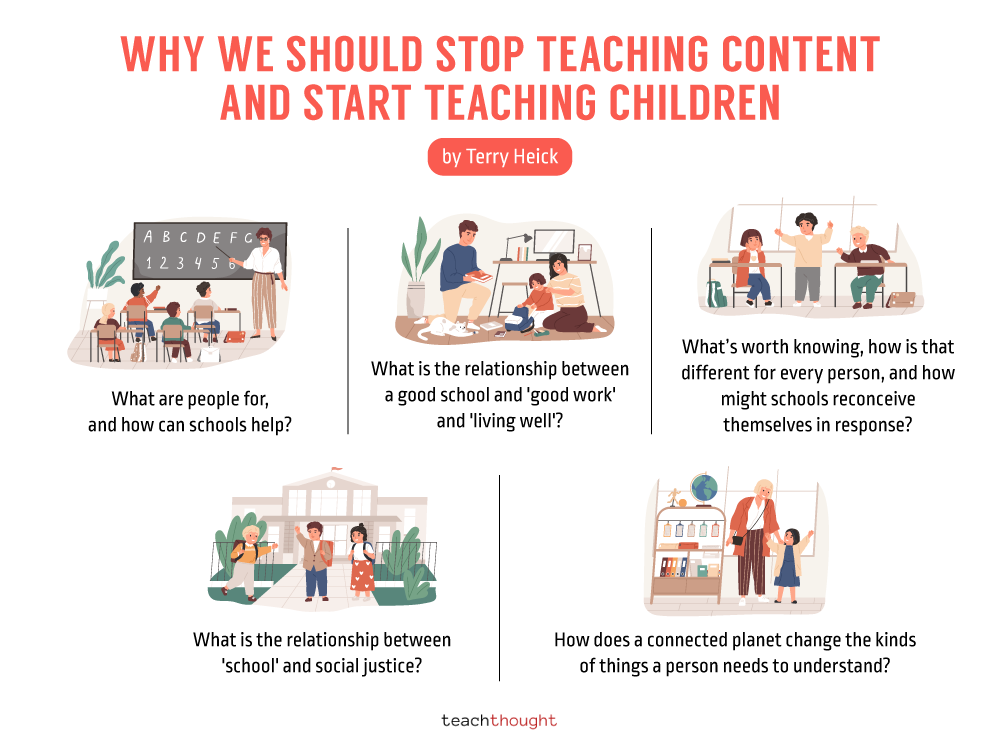
How is education changing? From blended learning to social justice, here are 20 questions to clarify your teaching for 2023.
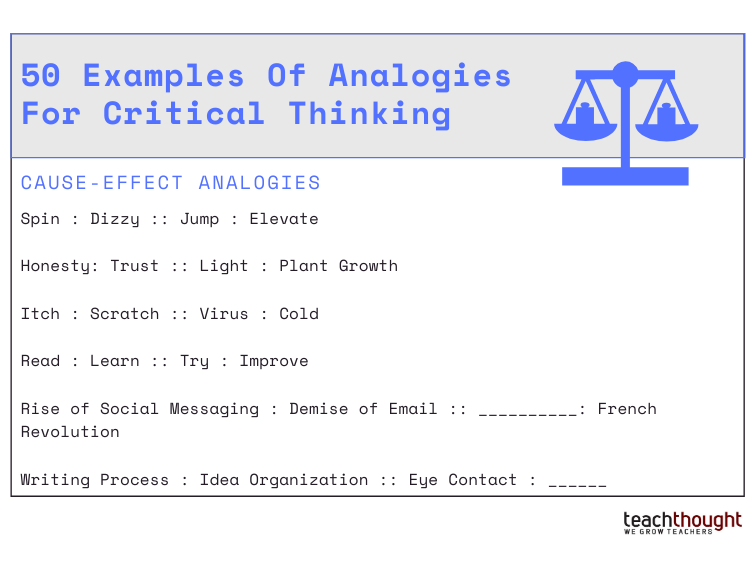
By forcing students to distill one relationship in order to understand another, it’s almost impossible to solve analogies without understanding.
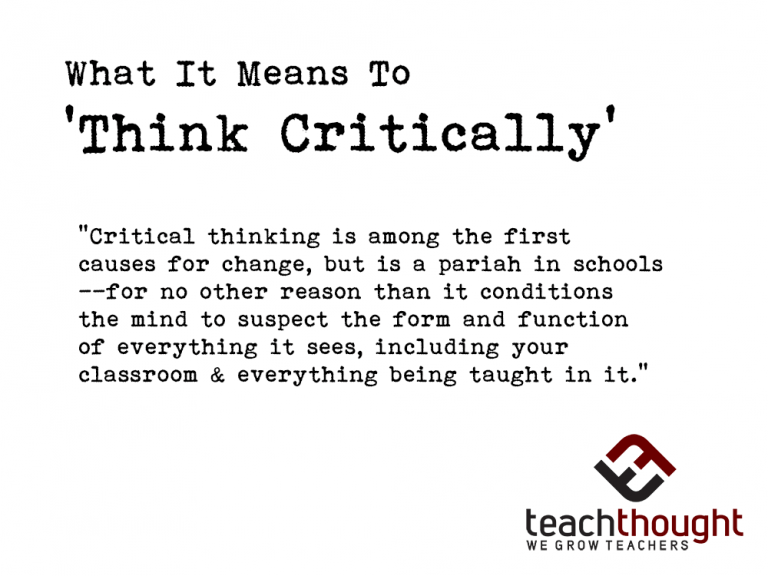
Critical thinking is the suspension of judgment while identifying biases and underlying assumptions in order to draw accurate conclusions.
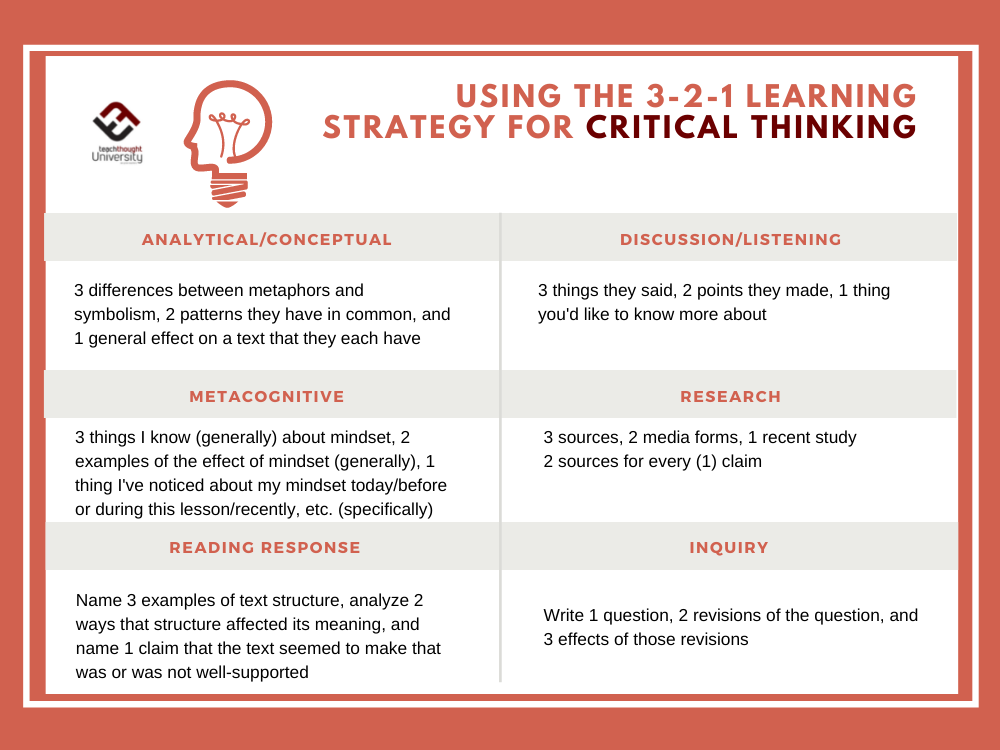
The 3-2-1 strategy is a simple way to frame a topic or task, making it useful for anything from discussion prompts to inquiry learning.
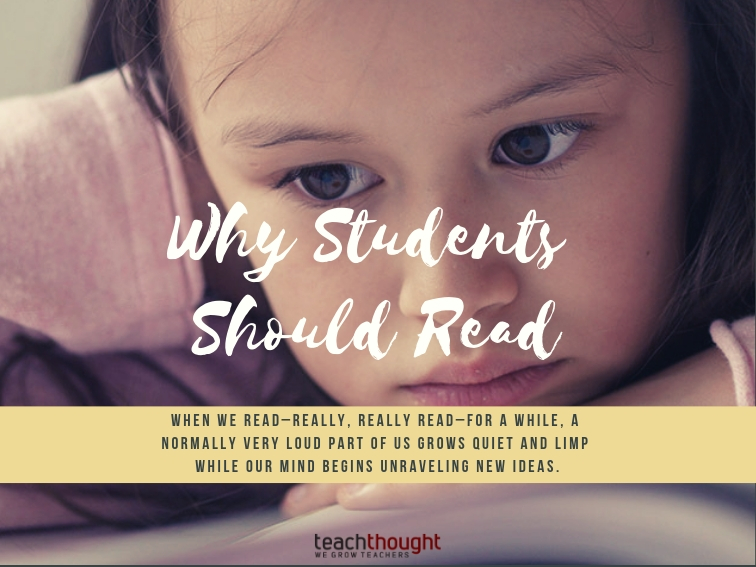
Why should students read? When we read–really, really read–for a while, a normally very loud part of us grows quiet.
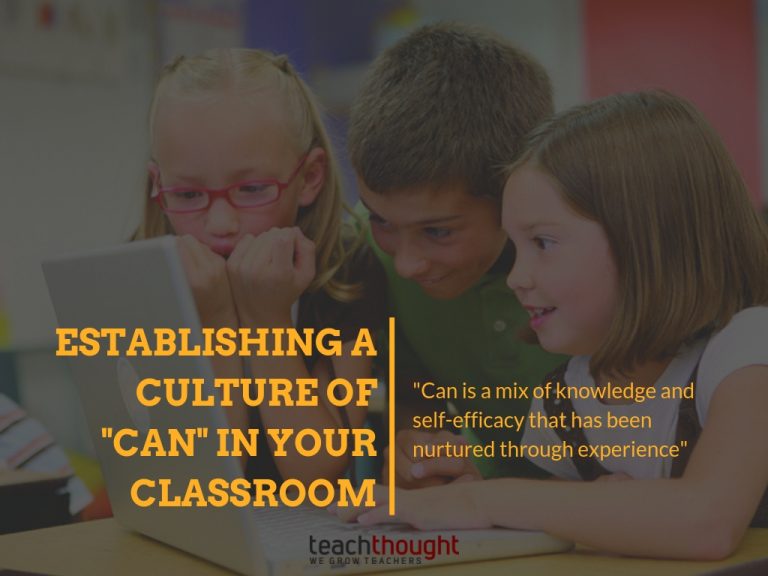
it’s important to realize that a ‘culture’ is comprised of tangible factors (students) and intangible factors (curiosity), and ever-present.

If we are not aware of this relative mediocrity, it’s an indictment of our vision. If we are, it is an indictment of our character.

For amateurs developing skills, the process is far more important than the product. This is true in science and is true for writing, too.

Education is ‘actuated’ by teachers. It makes sense that education should also be able to reflect critically on its own performance as well.

A micro-goal of the ‘Inside-Out’ School is a new kind of ‘intelligence’ where the macro-effect is healthier communities and citizenship.
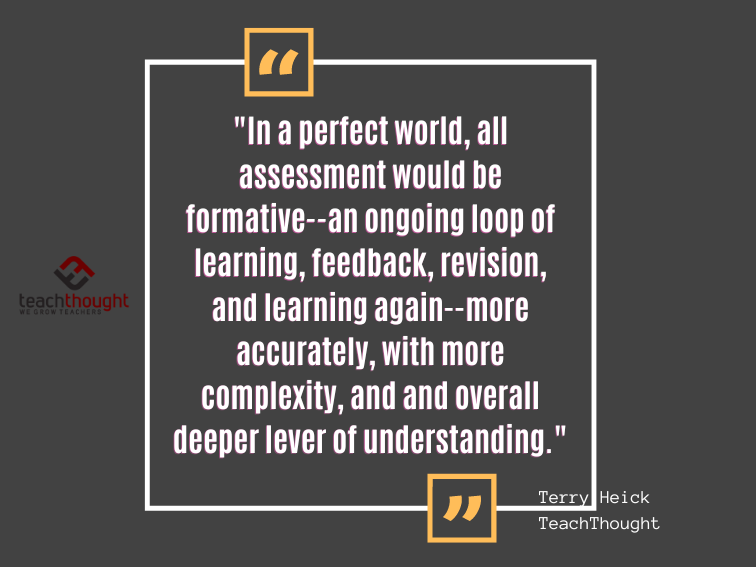
In a perfect world, all assessment would be formative–an ongoing loop of learning, feedback, revision, and learning again.
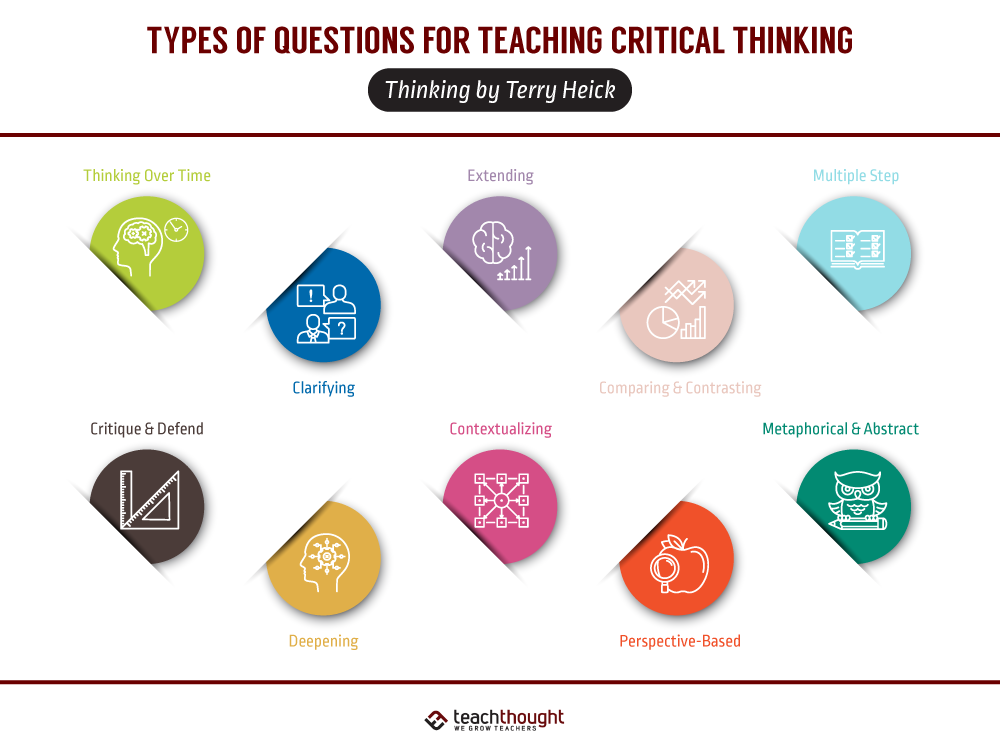
What are some of the most common types of questions for teaching critical thinking? This led to many dozens of answers.

The 40/40/40 rule: What’s important that students understand for the next 40 days, for the next 40 months, for the next 40 years?